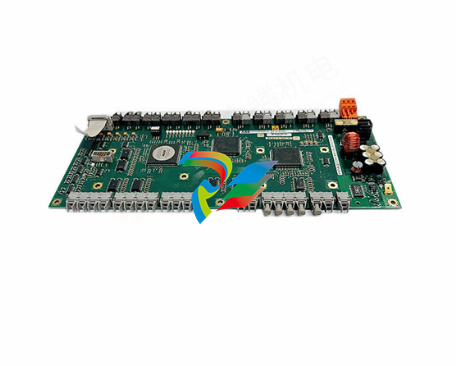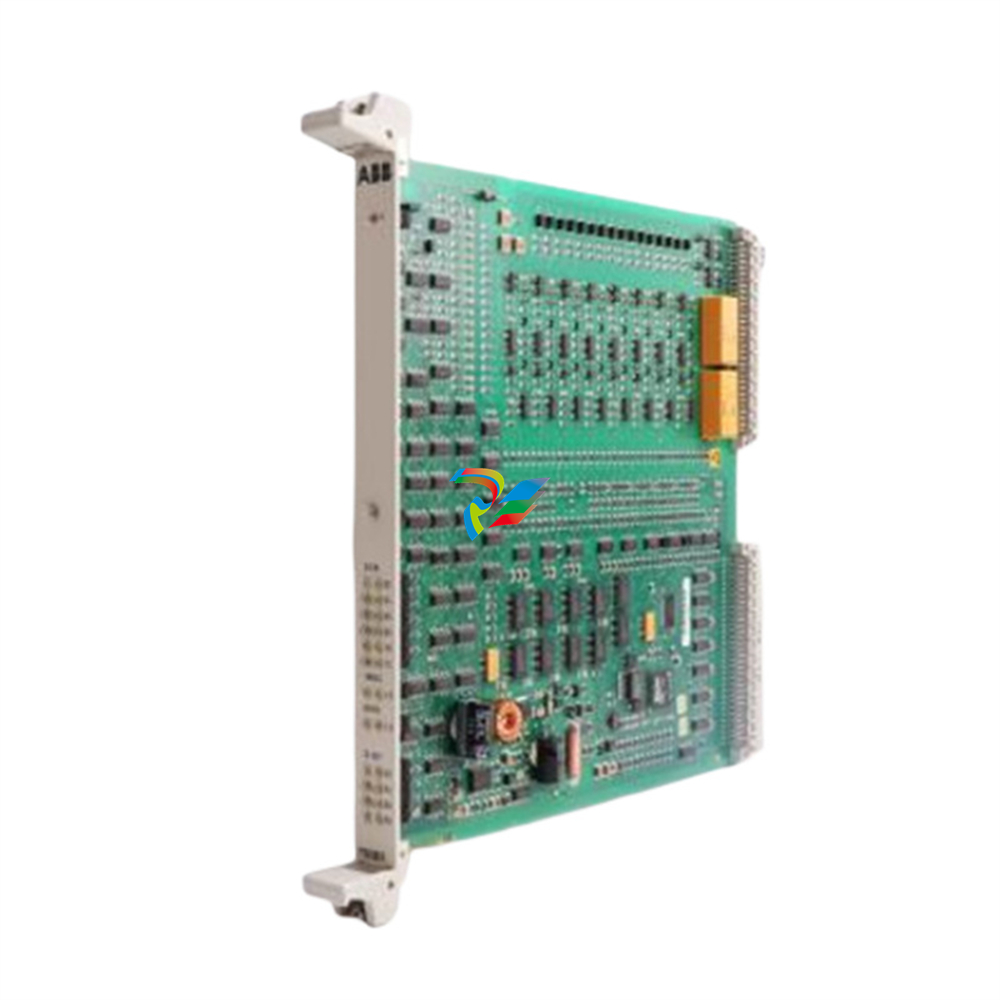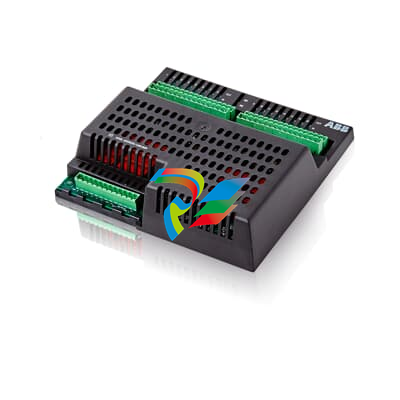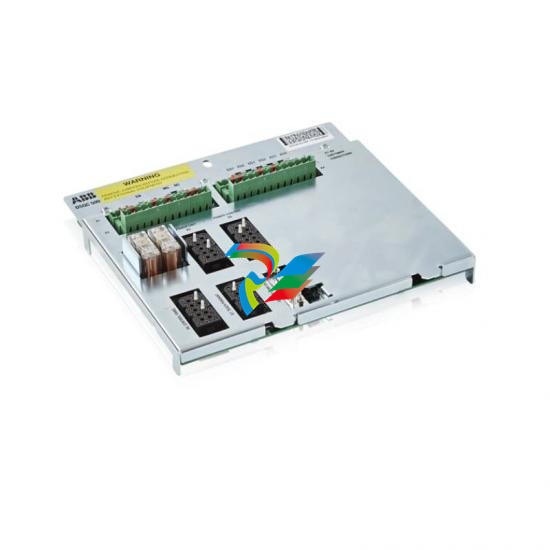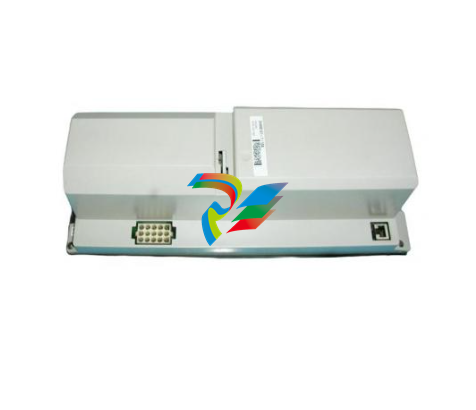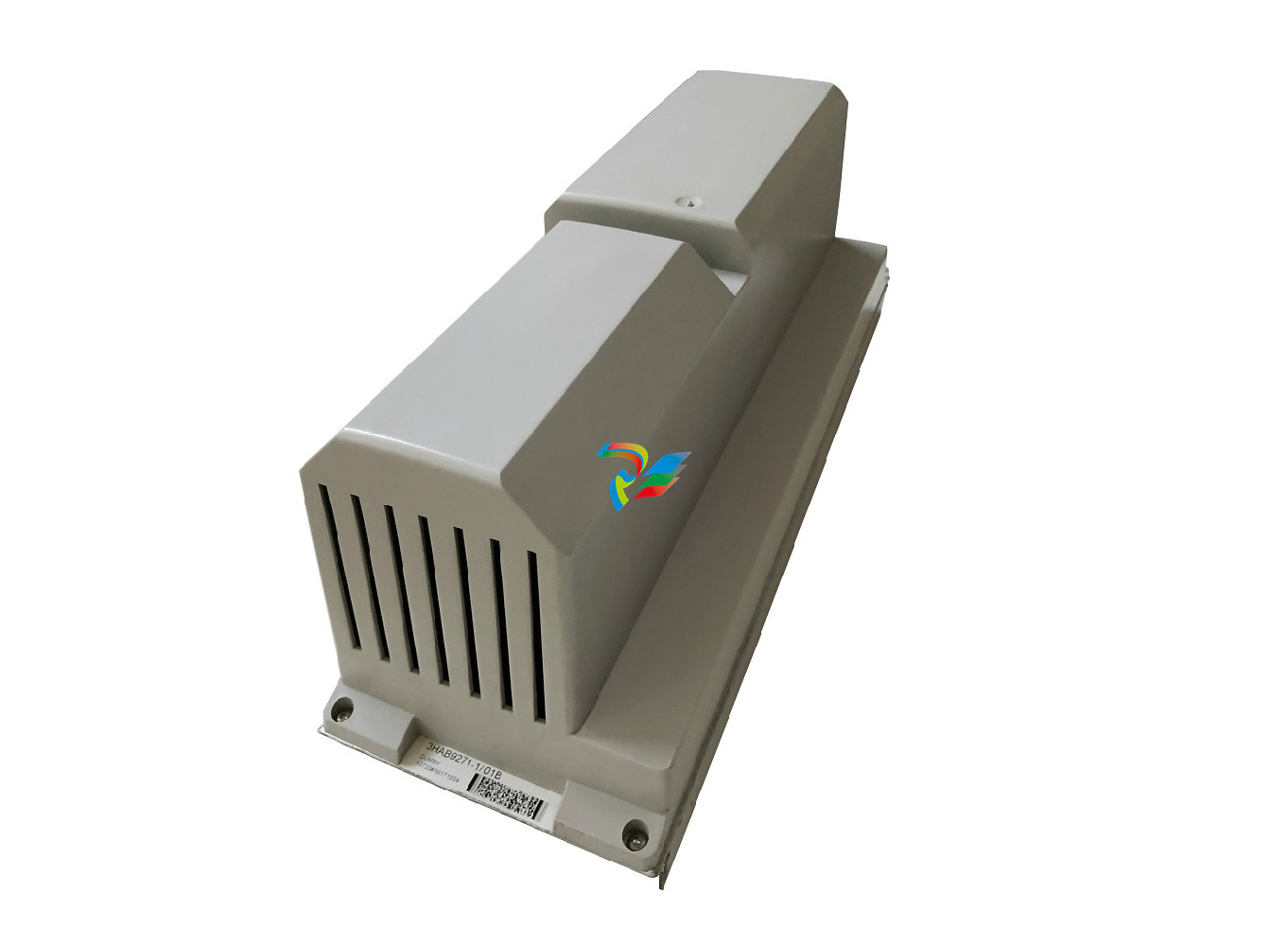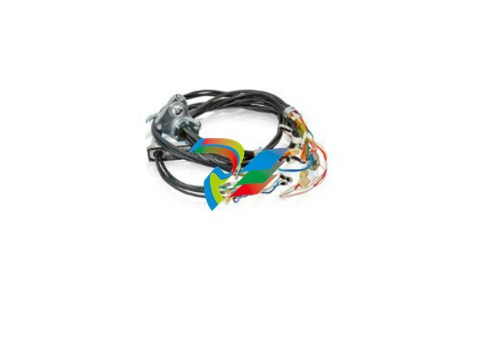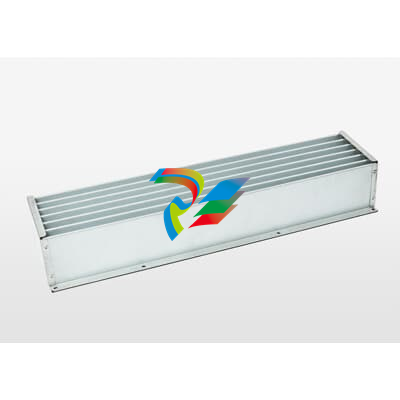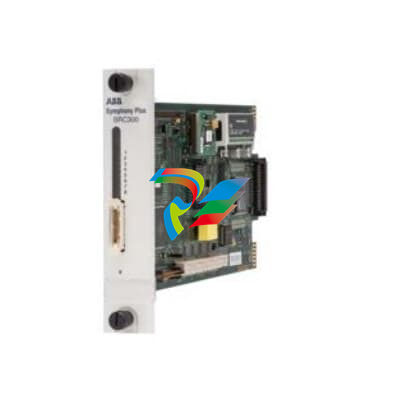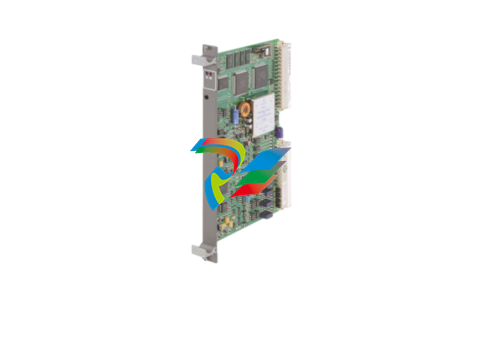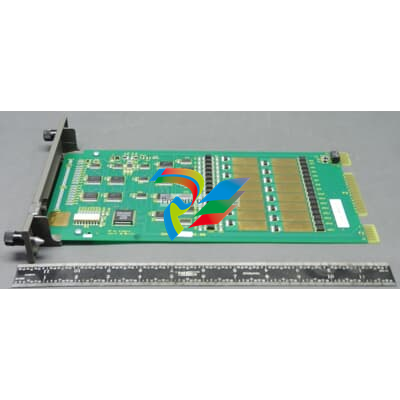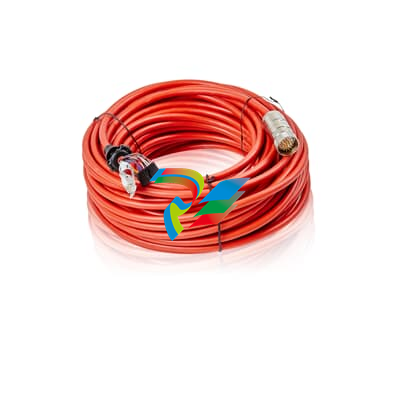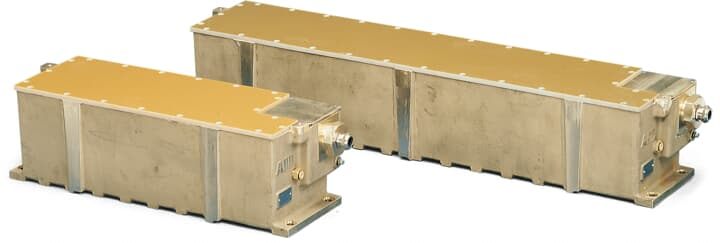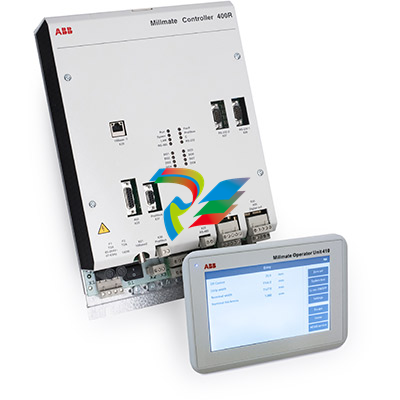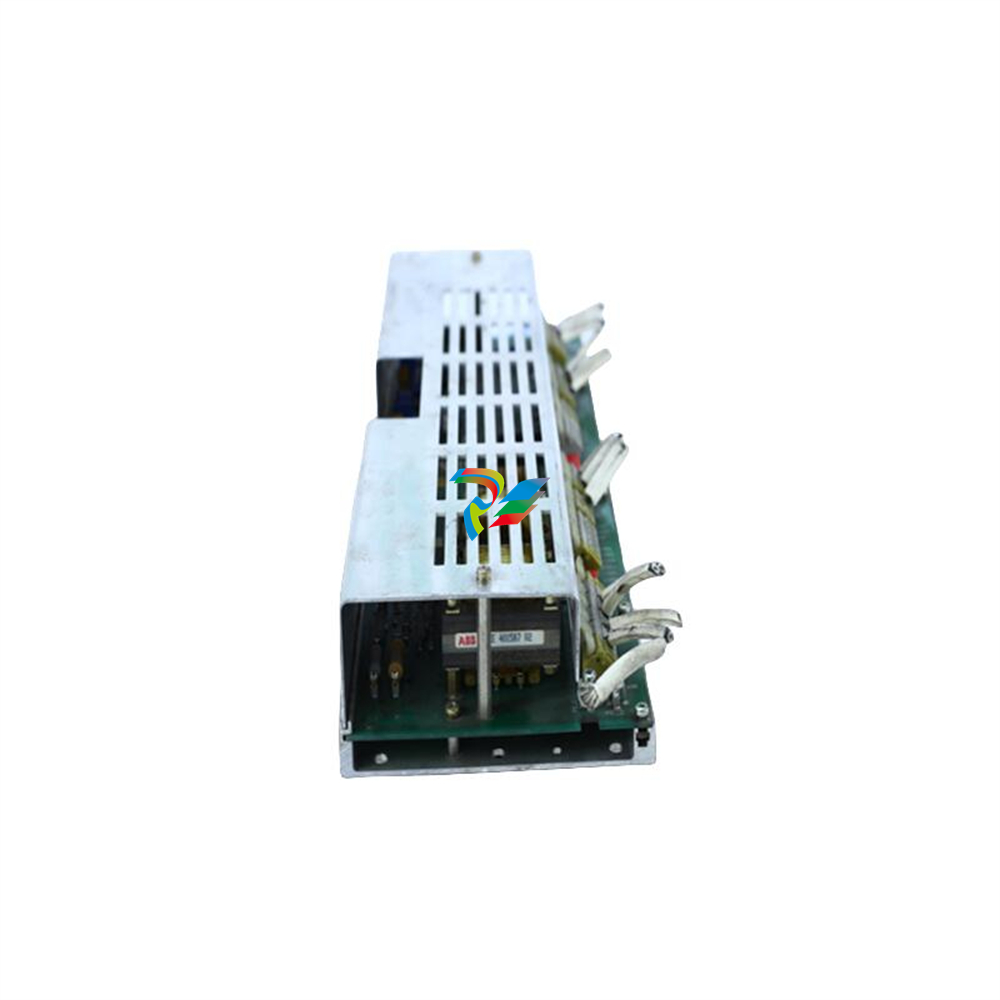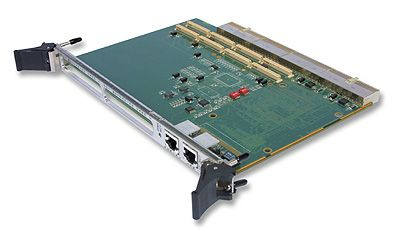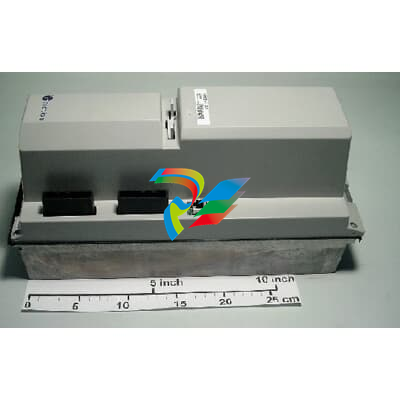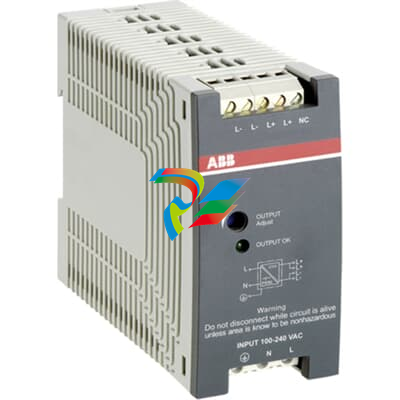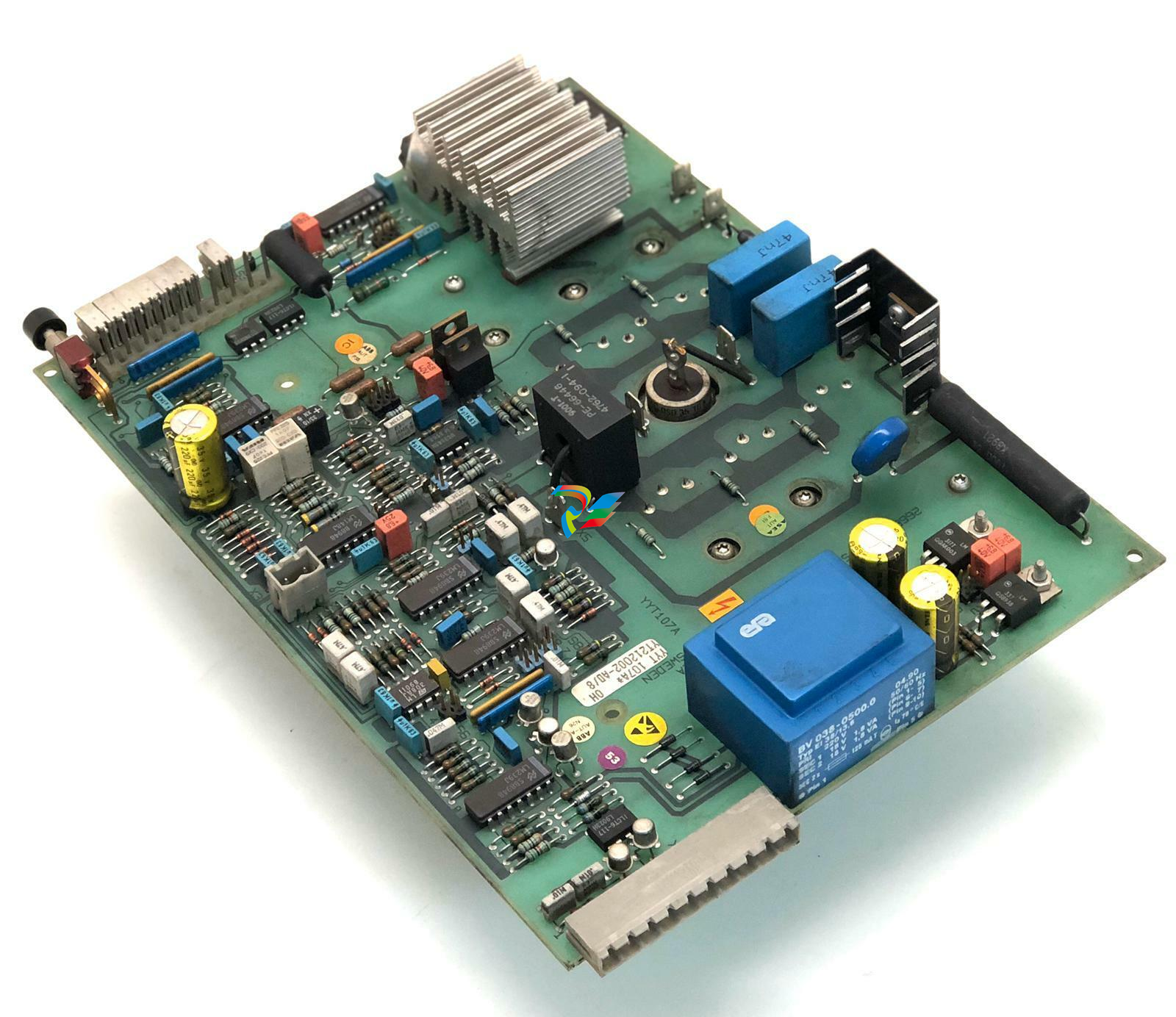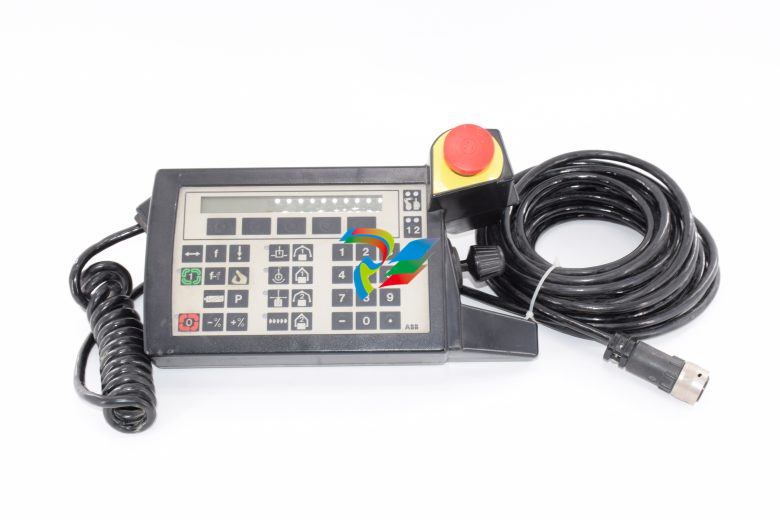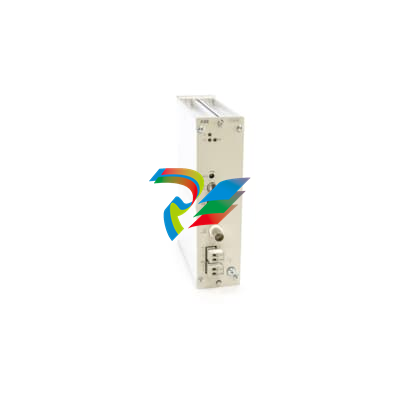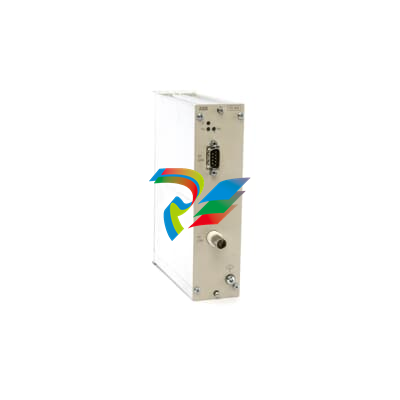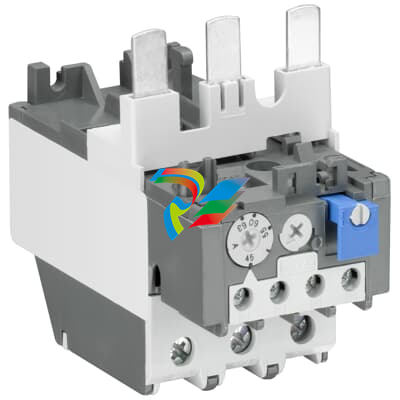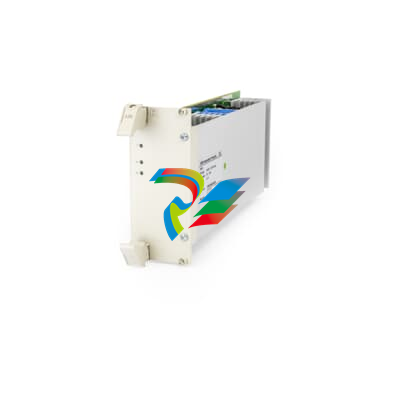
ABBSummary of ASTAT® Crane Control System
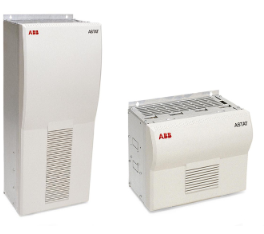
# Summary of ASTAT® Crane Control System ## I. Product Positioning and Core Advantages ASTAT® is a digital crane motion controller launched by ABB, specifically designed for industrial cranes. It is suitable for both new installations and retrofit projects, enabling powerful, responsive, and accurate control in various complex environments. Its core advantages include: - **High Adaptability**: It can operate in harsh environments such as high temperatures (e.g., regions like India), extreme cold, and dusty conditions without additional cooling or air conditioning, and can also adapt to unstable power supply systems. - **High Integration**: It integrates functions such as brake control, time relays, logic control, and thermistor relays to form a complete and fully tested motion control system, with hardware reliability far exceeding that of general-purpose products. - **Low Maintenance Costs**: By optimizing the control of rotor contactors, it significantly reduces wear on contactors and mechanical components; slip-ring motors have low maintenance requirements, with brushes replaced only every 5 to 10 years. ## II. Core Functions and Technical Features 1. **Motion Control Performance** - Adopts digital control technology, supporting two modes: scalar speed control or vector-based torque control. The motion precision can reach a微调 level of only 1 cm, achieving smooth acceleration and deceleration to reduce torque peaks, as well as rope and brake wear. - In most cases, no tachometer or pulse encoder is needed; speed is calculated by measuring rotor frequency via slip-rings. Speed feedback options include rotor frequency, tachometer, and pulse encoder. - The speed reference generation and closed-loop speed regulator execution cycle is 10 ms, the current regulator response cycle is 3 ms (interrupt-controlled), and the rotor frequency measurement resolution is 100 µs. 2. **Key Function Extensions** - Supports optional functions such as Sway Control System, positioning system for TCP/IP commands, and four-rope grab crane control. - Features logic control functions including Master-Follower, shared motion, two operator stations, and switching between different parameter sets. - Equipped with a built-in fault diagnosis system; combined with a PC maintenance program, problems can be remotely diagnosed on a ground-level computer, reducing downtime. 3. **Hardware Configuration** - **Control Module (DARA 1001)**: Supports 115/230 V AC single-phase power supply, integrating RS232 programming/monitoring interfaces, opto interfaces, digital I/O (110 V DC input, relay output), analog I/O (±20 mA/±10 V), and motor PTC inputs. - **Thyristor Modules (DASD)**: Support a maximum voltage of 690 V, with a current range of 25 A-1000 A (maximum 1000 A per module, total maximum current 2000 A), available in three frame sizes: 25-100 A, 200-355 A, and 630-1000 A. - **Remote I/O (DAPM 100)**: Provides 24 V DC digital I/O and analog I/O, supporting "Cabin I/O" configuration. ## III. Technical Parameters - **Operation Limits**: - Voltage: Nominal value -30% ... +10%, supporting specifications such as 380-400 V, 415 V, 440-480 V, 500-575 V, 690 V AC; - Frequency: 50 Hz ±10 Hz or 60 Hz ±10 Hz; - Temperature: -25℃ (-40℃ short-term) without heating, +70℃ (+85℃ short-term) without cooling; - Isolation: Complies with EN60664 standard, pollution degree 4. - **Configuration Requirements**: Configured via PC, requiring Windows system and COM1/USB port. Status indication is two digits (00-99), with a readable temperature range of -40℃ ... +85℃.


































































































